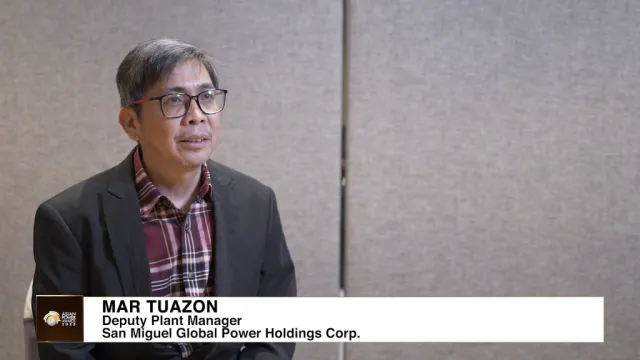
The increasing demand and necessity for microgrids
Flexibility is key for firms and institutions looking to lock down their energy usage and generation.
While the traditional grid is generally reliable, companies are constantly looking to optimise their energy usage as well as balance their energy generation, resulting in a diversified mix. Overdependence to a grid could also be disruptive for companies, and firms are looking to become more independent from the main grid. This is where microgrids enter the picture.
But what exactly are microgrids? According to Herve Amosse, General Manager, Grid Automation P&L at General Electric, microgrids in a nutshell are integrated energy systems including several energy resources which combine the distribution, generation, and storage in an utmost flexible way for consumers. Amosse adds that microgrids must have the ability to optimise the energy usage of its residential, commercial, or industrial consumers, as well as balance generation. Additionally, Amosse says the microgrid can also store energy locally when it is either connected or disconnected to the main grid.
Microgrids can either be on-grid or off-grid, Amosse says. “This is a decentralised approach that we are following here. We aim to achieve energy delivery, to allow electricity generation and storage of the energy happening at the points of consumption and increase the overall grid efficiency and reliability,” he adds. Amosse says the circumstance is very ripe for microgrids. He says the development of microgrids are driven by customers who look to be more energy independent, but not so much as to become completely detached from the grid. Other key drivers include the electrification of rural areas in Africa and India, Amosse says.
While these may seem like marginalised cases, Amosse says in reality, microgrids are taking the world by storm. “This is a growing market,” he declares. “Our media research estimate that worldwide, we are speaking about over 200 million dollars of market and increasing to over 800 million by 2020.”
Meanwhile, Eliot Assimakopoulos, business leader for government solutions at GE says microgrids could also come in handy during disasters, which was realised in the state of New York in the United States during the aftermath of the Hurricane Sandy. Assimakopoulos says the disaster essentially wiped out the grids through floods and storms, rendering hospitals and other essential facilities unusable.
“As a result, New York State had began a program called forming the energy vision for New York where they developed a network around developing microgrids to address resiliency in the state,” Assimakopoulos says.
Microgrids could also be useful in military installations, Assimakopoulos enumerates, as in the case of the Portsmouth Naval Shipyard, a submarine base which has on-site combined power generation. The shipyard struggled three to four times a year with local utility problems in energy generation which would regularly black out their entire military installation.
“Because they do not have GE's microgrid solution, it would take them three to four hours to mainly bring up the generation to provide support for the electrical operations on the base without the utility, the local utility providing power,” Assimakopoulos explains. As a result, seven years ago, GE in partnership with a company called Ameresco, developed a microgrid control solution that automated the ability to continuously operate the base in the event of a grid outage.
Meanwhile, emerging countries could also benefit from microgrids, says Laurent Schmitt, smart grid strategy leader at GE. One example is the Semakau landfill area of Singapore, which is composed of microgrids working seamlessly with the existing diesel generators of the area. “This setup is being established for demonstrating our capability to do that and we are tasked to expose it in Asia, particularly in India, and in Africa to respond to the rural environment. We are currently in the last testing phase and the entire system is gong to be commissioned within early 2017,” he says.
Portability is the main advantage of microgrids, illustrated by its use in a project called NiceGrid which was conducted in the town of Carros in Nice, France. The project was funded and subsidised by the European commission on the project called Grid4EU and was a main target to prototype a new way of operating the distribution grid barriers being exposed to an amount of portable types, says Schmitt.
While microgrids require very complex planning and implementation in order to employ, GE has the capability to not only provide consultancy and consulting services to be able to plan the microgrid, but also to implement the system integrating all the components of the microgrid together. “We see this as a strong growth opportunity for GE grid solutions,” Schmitt says.



















 Advertise
Advertise







